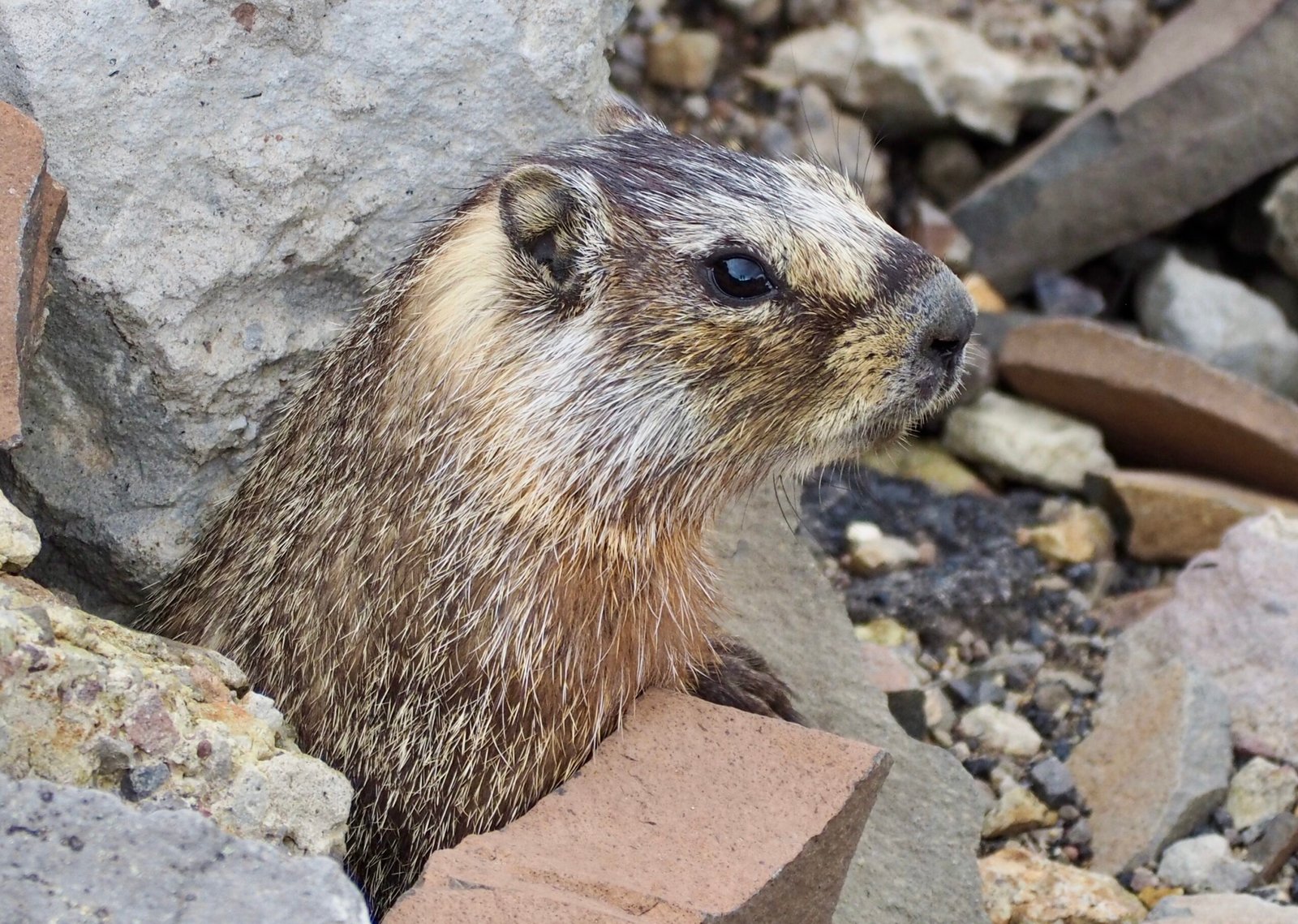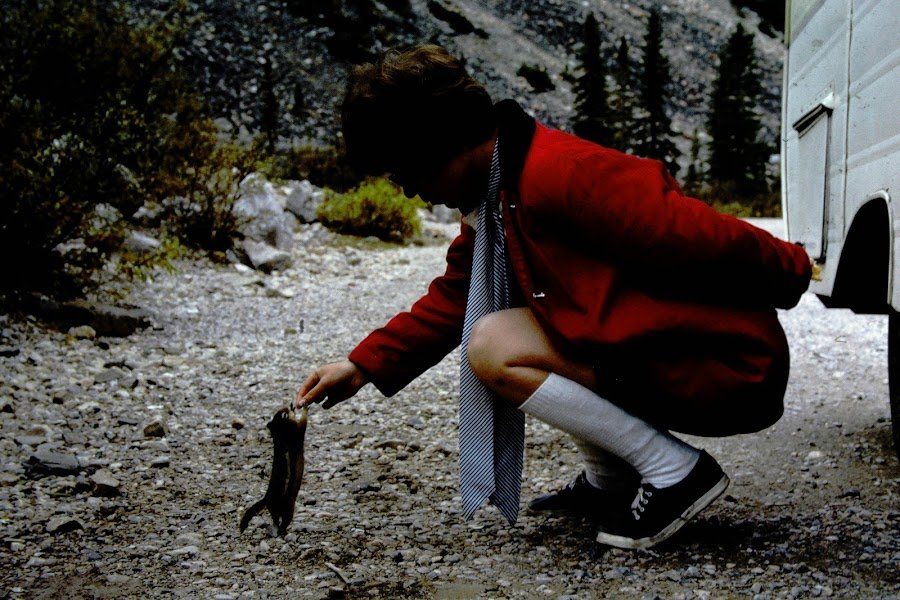Glacier National Park, a haven for bird enthusiasts, boasts 279 documented species with 144 known to nest within its boundaries. This diverse ecosystem, ranging from alpine meadows to dense forests, provides ideal habitats for a wide variety of avian life. The park’s unique geography and climate create perfect conditions for both resident and migratory birds, making it a year-round destination for bird watchers. From the elusive Harlequin Ducks along McDonald Creek to the hardy White-tailed Ptarmigans at Logan Pass, Glacier offers unparalleled opportunities for bird observation and photography.
What Makes Glacier National Park a Bird Watcher’s Paradise?

Glacier National Park’s diverse ecosystems and varied elevations create a mosaic of habitats that support an impressive array of bird species. The park’s location along major migratory routes also contributes to its rich avian diversity. Here are some key factors that make Glacier a prime destination for bird watching:
- Diverse Habitats: From alpine tundra to dense forests and wetlands
- Varied Elevations: Ranging from 3,150 to 10,466 feet
- Pristine Ecosystems: Largely untouched natural environments
- Migratory Corridors: Important stopover for many migratory species
- Year-round Opportunities: Different species can be observed in each season
Which Bird Species Can You Expect to See?


Glacier National Park is home to a wide variety of bird species. Here’s a table highlighting some of the key species you might encounter:
| Species | Habitat | Best Time to Observe |
|---|---|---|
| Harlequin Duck | McDonald Creek | May-June |
| White-tailed Ptarmigan | Logan Pass | Summer |
| American Dipper | Fast-moving streams | Year-round |
| Gray-crowned Rosy-Finch | Alpine areas | Summer |
| Ruffed Grouse | Forest undergrowth | Year-round |
| Spruce Grouse | Coniferous forests | Year-round |
| Wood Duck | Lakes and ponds | Spring-Fall |
| Common Goldeneye | Lakes and rivers | Year-round |
| Golden Eagle | Alpine areas | Summer-Fall |
When is the Best Time for Bird Watching in Glacier National Park?
The best time for bird watching in Glacier National Park varies depending on the species you’re interested in observing. Here’s a seasonal breakdown:
Spring (March-May)
- Migratory species return
- Breeding season begins
- Look for: Red-eyed Vireos, Warbling Vireos, Bullock’s Orioles
Summer (June-August)
- Peak diversity
- Nesting season
- Ideal for observing: Harlequin Ducks, White-tailed Ptarmigans, various songbirds and raptors
Fall (September-November)
- Fall migration
- Raptor watching opportunities
- Focus on: Accipiters and other migrating raptors
Winter (December-February)
- Fewer species, but unique opportunities
- Look for: Pine Siskins, Red Crossbills, White-winged Crossbills
Where Are the Best Birding Trails in Glacier National Park?
Glacier National Park offers numerous trails and locations ideal for bird watching. Here are some of the best:
- Logan Pass
- Trail to Hidden Lake
- Length: 2.7 miles round trip
- Difficulty: Moderate
-
Species: White-tailed Ptarmigans, Gray-crowned Rosy-Finches, American Pipits
-
McDonald Creek
- Upper Reaches
- Accessibility: Roadside viewing with short walks
-
Species: Harlequin Ducks, American Dippers
-
Fish Creek Campground and Camas Loop
- Camas Loop Trail
- Difficulty: Easy to moderate
-
Species: Wood Ducks, Common Goldeneye, various waterfowl
-
Avalanche Crest and Abbott Ridge
- Longer, more challenging trails
- Difficulty: Strenuous
- Species: Golden Eagles, Water Pipits, Rosy Finches
What Equipment Should You Bring for Bird Watching?
To make the most of your bird watching experience in Glacier National Park, consider bringing the following equipment:
- Binoculars: Essential for spotting and identifying birds at a distance
- Field Guide: Helps in species identification
- Spotting Scope: For closer views without disturbing the birds
- Camera: To document your sightings
- Weather-appropriate Clothing: Layers are recommended due to variable conditions
- Comfortable Hiking Boots: For navigating trails
- Water and Snacks: Stay hydrated and energized during long observation periods
How Can You Practice Responsible Bird Watching?
Responsible bird watching is crucial for the conservation of bird species and their habitats. Here are some guidelines to follow:
- Stay on designated trails to protect habitats
- Keep a safe distance from birds to avoid causing stress
- Never feed wildlife, including birds
- Respect nesting areas and avoid disturbing breeding birds
- Use bird calls sparingly and responsibly
- Pack out all trash and leave no trace
- Follow park regulations and guidelines
What Are Some Lesser-Known Bird Watching Spots in Glacier National Park?
While popular spots like Logan Pass and McDonald Creek are well-known, there are several lesser-known areas that offer excellent bird watching opportunities:
- Two Medicine Area
- Species: Ospreys, Bald Eagles, various waterfowl
-
Accessibility: Less crowded, with several hiking trails
-
Many Glacier Valley
- Species: Clark’s Nutcrackers, Mountain Chickadees, Pine Grosbeaks
-
Features: Diverse habitats including forests and alpine meadows
-
North Fork Area
- Species: Great Gray Owls, Boreal Chickadees, Northern Hawk Owls
-
Note: More remote, requires preparation and possibly a high-clearance vehicle
-
Goat Haunt
- Species: Varied Thrushes, Townsend’s Warblers, Northern Waterthrushes
- Accessibility: Only by boat or hiking, offers a unique and secluded experience
How Can You Contribute to Bird Conservation in Glacier National Park?
Bird watchers can play a crucial role in conservation efforts. Here are ways to contribute:
- Participate in Citizen Science Projects:
- eBird: Report your sightings to contribute to global bird data
- Christmas Bird Count: Annual winter bird census
-
Breeding Bird Surveys: Help monitor breeding populations
-
Support Local Conservation Organizations:
- Flathead Audubon Society
-
Montana Audubon
-
Follow Leave No Trace Principles:
-
Minimize your impact on the environment
-
Educate Others:
-
Share your knowledge and promote responsible bird watching
-
Report Rare or Unusual Sightings:
- Contact park rangers or local bird clubs
By following these guidelines and actively participating in conservation efforts, bird watchers can help ensure that Glacier National Park remains a thriving habitat for diverse bird species for generations to come.
References:
– Birds of Glacier National Park (Wikipedia)
– Flathead Audubon Society – Birding Hotspots
– National Park Service – Birds in Glacier